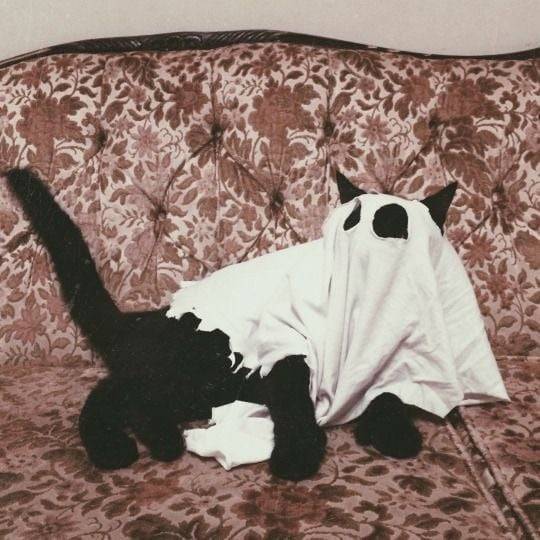Photo
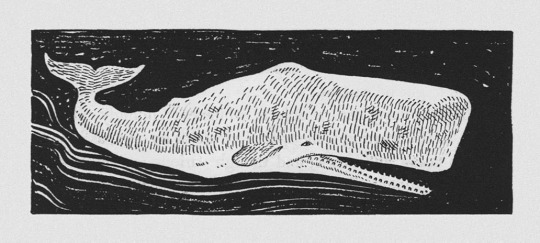
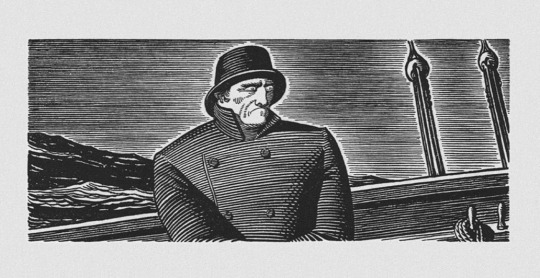

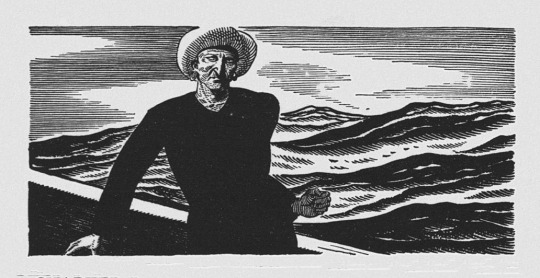
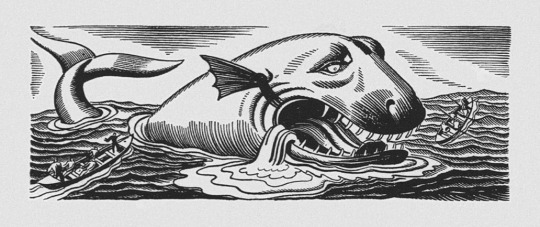

Rockwell Kent’s illustrations for Herman Melville’s Moby-Dick.
2K notes
·
View notes
Photo

Sylvia Plath, from Three Women: A Poem for Three Voices
6K notes
·
View notes
Text
Ira Cohen
“The Mylar Chamber” is an experimental photo project from the years 1968-71 by Ira Cohen. He photographed the Mylar reflections of various guests he had over at his apartment. Mylar is a material that was draped along the walls of one of the rooms in his apartment, its surface is reflective and distorting. He used black light and paint to create the imagery of vivid colors. Jimi Hendrix, one of the many notable guests depicted in the series commented “Few came as close to explaining the euphoric distortions of hallucinogenics.” Cohen was attempting to illustrate the 60s silver age, characterized by the nostalgia of the 40s silver screen. Though the photos themselves are documenting space and time that existed, it was highly narrative as he meticulously framed and posed every photo. All within the experience of “The Mylar Chamber” was “Theatrical sets, costumes, makeup, trance music, dance, film and slide projection, reel-to-reel tape recordings and playback,” creating a psychedelic experience for all participants.
The series itself is twenty-one photos and depicts a number of prominent writers, musicians, artists, etc… from that era. It is entirely in color, and often includes artists mediums or instruments. It begins with a photo titles “Astral Projection,” depicting a man who appears to have two heads connected to each other. This photo almost initiates the viewers’ experience as it foreshadows the psychedelic experience that is intended by Cohen. The series then continues to utilize color, costume, and makeup to illustrate incredible and even divine subjects. It concludes with a photo titled “Vali Myers, Ching Ho Cheng, and One More,” depicting the titled subjects, one of which is distorted to show two of him, hence the “one more.” The pair appear to be embracing each other, though the visual distortions from the Mylar make it almost impossible to gauge their actual poses and positions. Cohen utilized an incredibly strenuous, difficult, and experimental technique to create a series of photographs that convey incredible emotion and describe the experience of psychedelics.
Following “The Mylar Chamber” Cohen released a project entitled “The New York Scene.” “The New York Scene” is a thirteen photo series with seven photos from 1980, and six from 1990. There are no formal descriptions or explanations of this series besides what the titles of each photo convey. Cohen appears to have just photographed his friends or family, whoever he was with at the time. It is likely a documentary project showcasing his life and what he was experiencing over these two years. Additionally, there are no distinct differences between the photos from 1980 and 1990, they are strikingly similar in every way.
All of the photos are portraits of various people ranging from renowned beatnik writer, William S. Burroughs, or completely unnamed strangers. The first photo is a portrait of Julian Beck, an actor who appears to be jokingly sticking his tongue out, entitled “Julian Tongue Hannon.” This photo introduces the lackadaisical and informal nature of this series. It, however, is quickly contrasted by the following photo which is an almost uncomfortable photo of an unnamed woman breastfeeding at a bench, with the words behind her reading, “Acquisitions From the Year 1980,” which is cleverly the title of the photo. The series concludes on a similar note to how it began. Actress Judith Malina is depicted informally in movement as she speaks to a subject who is not in the photo. The series as a whole takes on a particularly informal tone as it presents as being spur of the moment shots of whatever seemed to be happening around Cohen at the time.
“The Mylar Chamber” and “The New York Scene” are distinctly different works in almost every way. “The Mylar Chamber” takes on the form of narrative photography as each aspect of the photos within the series is intentional and meant to convey a specific appearance or meaning. “The New York Scene” contrastingly presents as a documentary project of Cohen’s life over two specific years, and does not look to be framed or posed in any way. Furthermore “The Mylar Chamber” is characterized by its vivid colors and imagery. Each of the photos depicts a sort of fluidity and movement as a result of the Mylar material whereas in “The New York Scene” the photos do not showcase fluidity per se, and the movement within it is distinctly different than that of “The Mylar Chamber”.
Despite their differences, they do share several commonalities. Both depict artists, musicians, writers, etc. as the main subject. It can be inferred that Cohen found a great deal of inspiration within his peers as they were who he most often depicted. Moreover, both series illustrate human nature perfectly. Though they do this in respective ways, Cohen uses “The Mylar Chamber” to demonstrate an unrestricted human mind, or a psychedelic image, and “The New York Scene” to show traditional day-to-day human life.
Overall, I do not have a preference for either series. I connect to both as I am currently working on an experimental project attempting to illustrate the images of psychedelics, similar to “The Mylar Chamber”. Even with this project, I find comfort and reward in photographing my friends and family like “The New York Scene.” I found that I derive a lot of inspiration from his work, and ultimately, I am excited to continue to study his techniques and his work as a whole.
Bibliography
Cohen, Ira. “The Ira Cohen Archive.” The Ira Cohen Archive, 2015, http://iracohen.com/.
“'Like Looking Through Butterfly Wings’: Ira Cohen’s Mylar Chamber in Pictures.” The Guardian, 2019, https://www.theguardian.com/artanddesign/gallery/2019/nov/05/like-looking-through-butterfly-wings-ira-cohens-mylar-chamber-in-pictures.
8 notes
·
View notes
Photo
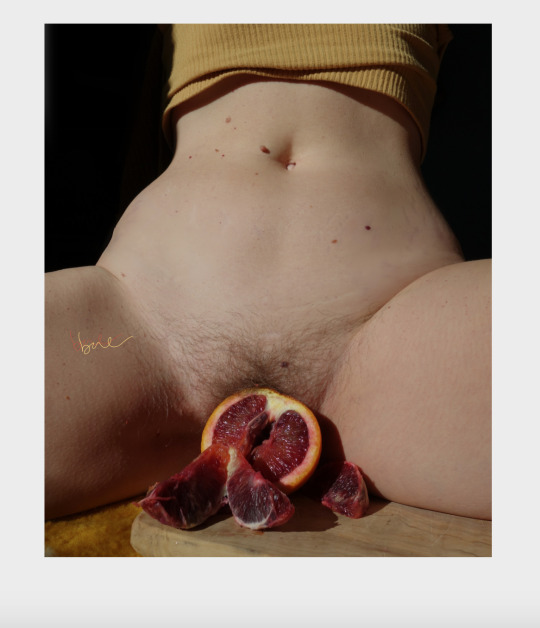
for sophisticated tastes Bareherself Onlyfans
Instagram
5K notes
·
View notes
Photo

Bunch of flowers with tulips, orchis and other flowers by Johannes Teyler (Dutch, 1648-1712)
Engraving printed à la poupée in brown, green and orange-red ink.
© The Trustees of the British Museum.
Creative Commons Attribution-NonCommercial-ShareAlike 4.0 International (CC BY-NC-SA 4.0) license.
186 notes
·
View notes
Photo

Orphée (1950) dir. Jean Cocteau
I am letting you into the secret of all secrets, mirrors are gates through which death comes and goes. Moreover if you see your whole life in a mirror you will see death at work as you see bees behind the glass in a hive.
8K notes
·
View notes
Photo
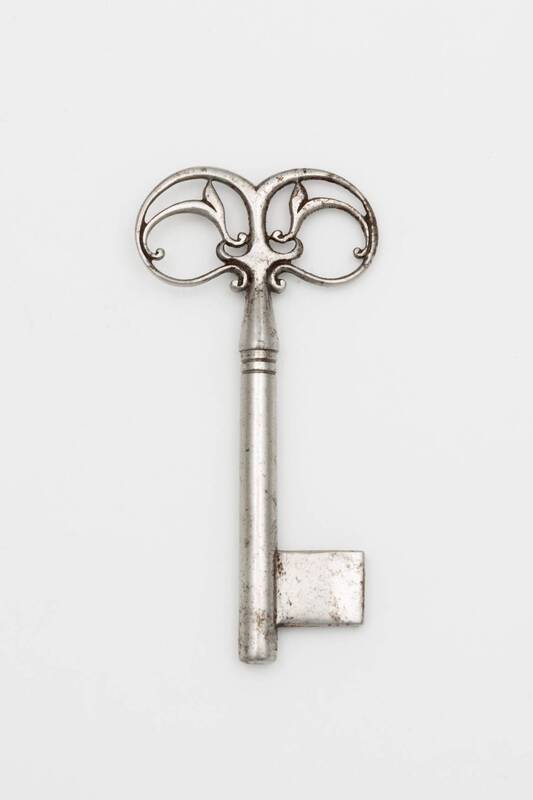
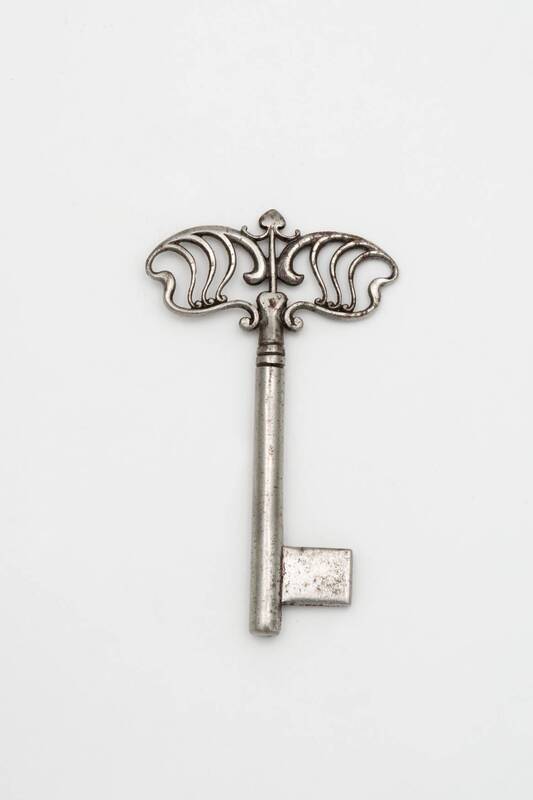
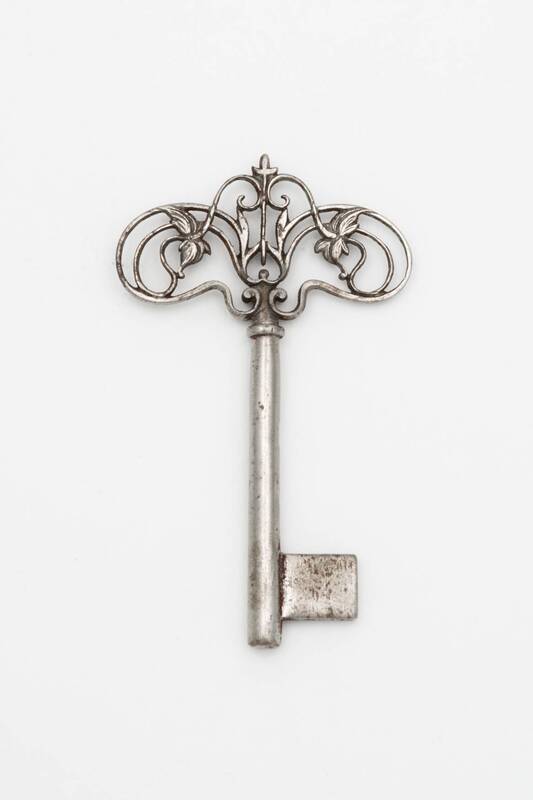
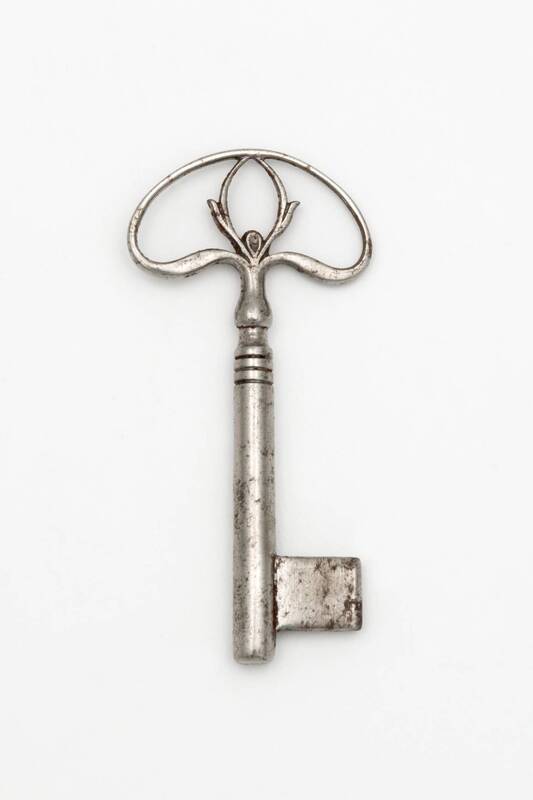
A Selection of Elaborate Keys Designed by Rudolf Hammel from MAK Collection Online. These four were fabricated by Emil Kurczak in Vienna, dating before 1903.
(Image Links: 1 | 2 | 3 | 4 )
17K notes
·
View notes
Photo

Edwin Henry Landseer
British, 1802-1873
Scene from A Midsummer Night’s Dream (detail)
7K notes
·
View notes
Text
it’s october, and i am a special sort of autumn revelrous.
462 notes
·
View notes
Text
i’m sick of casual bullshit friendships i want us to do everything together and die for each other
17K notes
·
View notes






